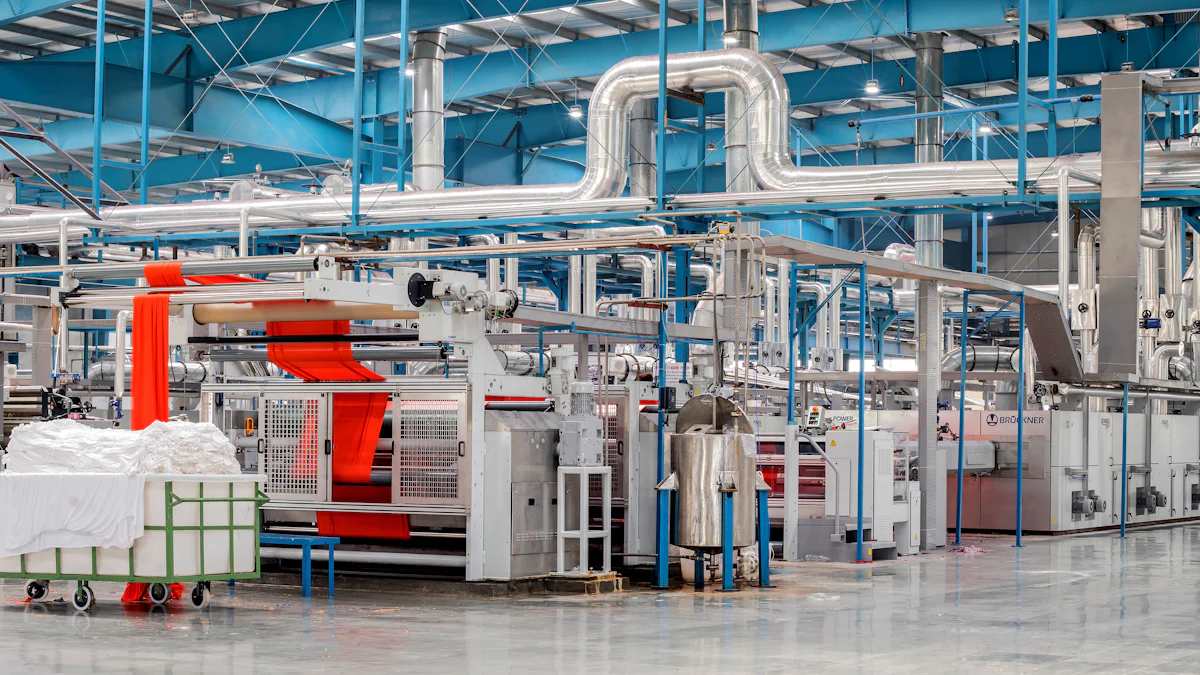
Wetting agents reduce surface tension, allowing liquids to spread and absorb more effectively. In textile processing, you rely on them to ensure even liquid distribution, which improves fabric treatment and dyeing results. Jindun Chemical’s Textile Auxiliary Agent offers advanced wetting solutions, helping you achieve superior fabric quality while optimizing production efficiency.
Key Takeaways
- Wetting agents lower surface tension, helping liquids spread evenly. This makes dyeing and treatments more consistent on fabrics.
- They help fabrics soak up liquids better, improving treatments like dyeing and making fabrics waterproof.
- Wetting agents save time and reduce mistakes, making production faster. This lowers costs and creates better-quality fabrics.
What Are Wetting Agents?

Definition and Chemical Properties
Wetting agents are substances that help liquids spread more easily across surfaces. They work by reducing the surface tension of water or other liquids. Surface tension is what causes water to form droplets instead of spreading out. By lowering this tension, wetting agents allow liquids to flow and penetrate materials more effectively.
Chemically, wetting agents are a type of surfactant. Surfactants have molecules with two distinct parts: one that attracts water (hydrophilic) and another that repels it (hydrophobic). This unique structure helps wetting agents break the natural resistance of water, making it easier for the liquid to interact with solid surfaces like fabric.
How Wetting Agents Work in Textile Applications
In textile processing, wetting agents play a crucial role in preparing fabrics for treatments like dyeing, washing, or finishing. When you apply a wetting agent, it ensures that water or other solutions can penetrate the fabric evenly. This prevents issues like uneven dyeing or patchy finishes.
For example, during dyeing, wetting agents help the dye solution spread uniformly across the fabric. This ensures that every fiber absorbs the color evenly, resulting in vibrant and consistent shades. Wetting agents also improve the absorption of other chemical treatments, such as softeners or waterproofing agents, enhancing the overall quality of the fabric.
By using wetting agents, you can achieve better results in less time. They reduce the need for repeated treatments, saving both time and resources. This makes them an essential tool for improving efficiency in textile manufacturing.
Common Textile Issues Solved by Wetting Agents
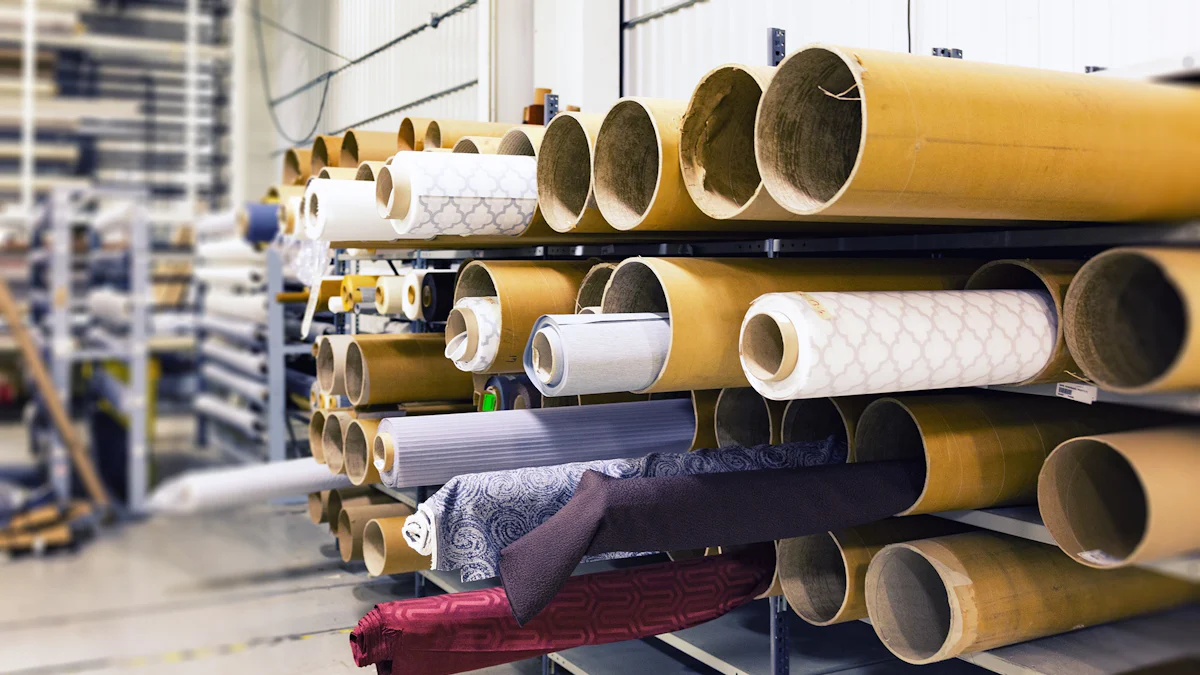
Uneven Dyeing and Color Inconsistencies
Uneven dyeing often leads to fabrics with blotchy or streaky appearances. This happens when the dye fails to spread evenly across the material. You might notice some areas appear darker or lighter than others. Wetting agents help solve this problem by ensuring the dye solution penetrates the fabric uniformly. They reduce surface tension, allowing the liquid to flow smoothly and reach every fiber. As a result, you achieve consistent and vibrant colors across the entire fabric.
Poor Liquid Absorption in Fabrics
Some fabrics resist absorbing liquids, especially those with tight weaves or hydrophobic properties. This can make treatments like dyeing, softening, or waterproofing less effective. Wetting agents improve liquid absorption by breaking the surface tension of water. This allows the liquid to seep into the fabric more easily. When you use wetting agents, treatments penetrate deeper, ensuring the fabric absorbs the chemicals evenly. This enhances the overall quality and performance of the material.
Processing Defects and Inefficiencies
Processing defects, such as patchy finishes or incomplete treatments, often occur when liquids fail to distribute evenly. These issues can lead to wasted materials and increased production time. Wetting agents streamline your processes by promoting even liquid distribution. This reduces the likelihood of defects and minimizes the need for rework. By improving efficiency, wetting agents help you save time and resources while maintaining high-quality standards.
How Wetting Agents Address Textile Challenges
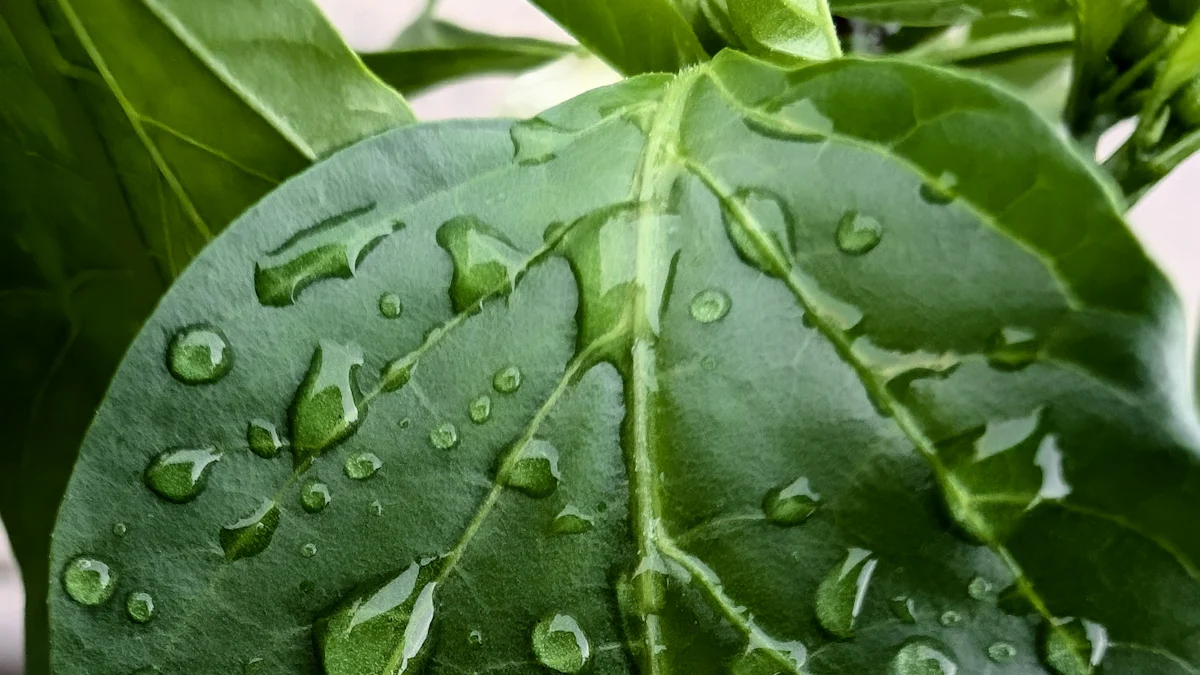
Enhancing Liquid Penetration for Uniform Dyeing
Wetting agents improve liquid penetration, ensuring dyes spread evenly across fabrics. When you apply a dye solution, it needs to reach every fiber to create consistent colors. Without proper penetration, some areas may absorb more dye than others, leading to uneven shades. Wetting agents reduce surface tension, allowing the dye to flow smoothly and cover the material uniformly. This ensures vibrant, consistent results in every batch. By using wetting agents, you eliminate the risk of patchy or streaky finishes, saving time and reducing waste.
Improving Absorption for Better Fabric Treatment
Fabrics often resist absorbing liquids, especially those with dense weaves or water-repellent properties. This can limit the effectiveness of treatments like softeners, waterproofing agents, or brighteners. Wetting agents solve this issue by helping liquids seep into the fabric more easily. They break the natural resistance of water, allowing treatments to penetrate deeper into the fibers. This improves the overall quality of the fabric, ensuring it meets your performance and aesthetic standards.
Reducing Processing Time and Preventing Defects
Wetting agents streamline textile processing by promoting even liquid distribution. When liquids spread efficiently, treatments require less time to take effect. This reduces the overall processing time, allowing you to increase production speed. Additionally, wetting agents minimize defects like incomplete dyeing or uneven finishes. By preventing these issues, you avoid costly rework and maintain high-quality standards. Wetting agents help you achieve faster, more reliable results in every stage of textile manufacturing.
Benefits of Using Wetting Agents in Textile Processing
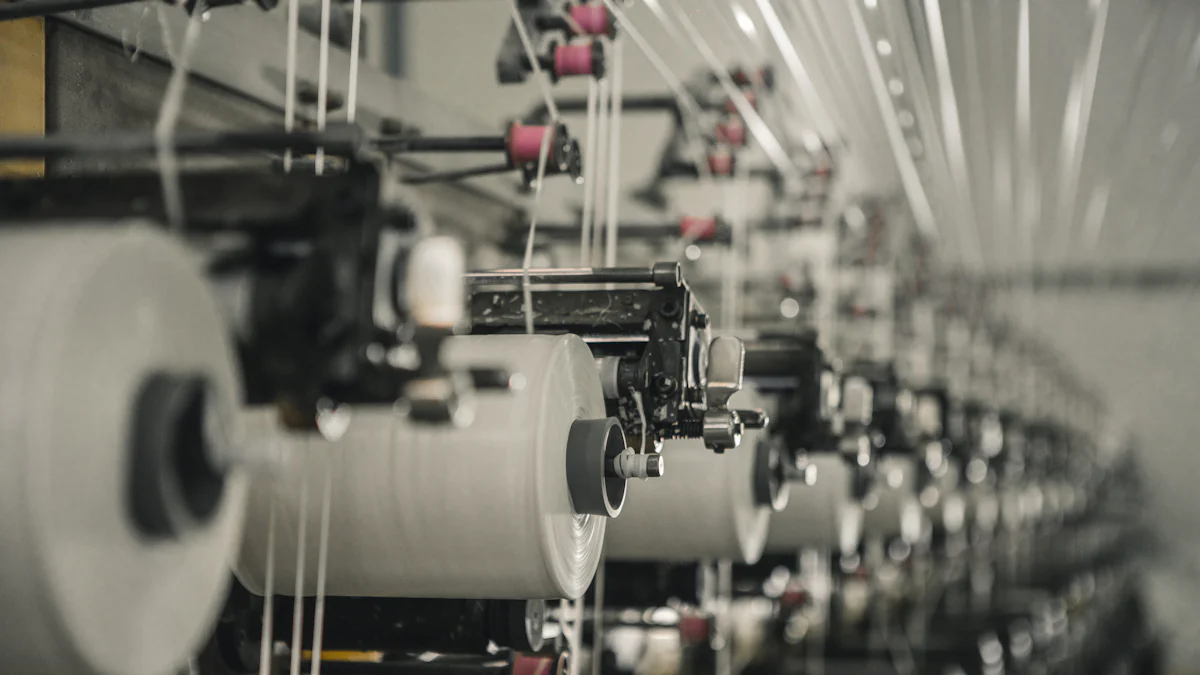
Increased Efficiency and Speed in Production
Wetting agents help you speed up textile production by improving how liquids interact with fabrics. When liquids spread evenly, treatments like dyeing or finishing take less time to complete. This allows you to process more fabric in a shorter period. Faster liquid absorption also reduces the waiting time between steps, keeping your production line moving smoothly. By using wetting agents, you can increase your output without compromising quality.
Cost Savings Through Reduced Waste and Rework
Using wetting agents minimizes waste in your production process. Uneven dyeing or incomplete treatments often lead to fabric defects, which require rework or disposal. Wetting agents ensure liquids distribute evenly, reducing the chances of errors. This means fewer materials go to waste, and you spend less time fixing mistakes. Lower waste and rework translate into significant cost savings for your operation.
Enhanced Quality and Consistency of Finished Textiles
Wetting agents improve the overall quality of your textiles. They ensure treatments penetrate fabrics uniformly, resulting in consistent colors, smooth finishes, and better performance. Whether you’re applying dyes, softeners, or waterproofing agents, wetting agents help you achieve reliable results every time. Consistency in your finished products builds trust with your customers and strengthens your reputation in the market.
Wetting agents solve key textile challenges by improving liquid absorption and distribution. They boost production speed, reduce waste, and enhance fabric quality. By adopting advanced solutions like Jindun Chemical’s Textile Auxiliary Agent, you can achieve consistent results and maximize efficiency. Upgrade your processes today to stay ahead in the competitive textile industry.
FAQ
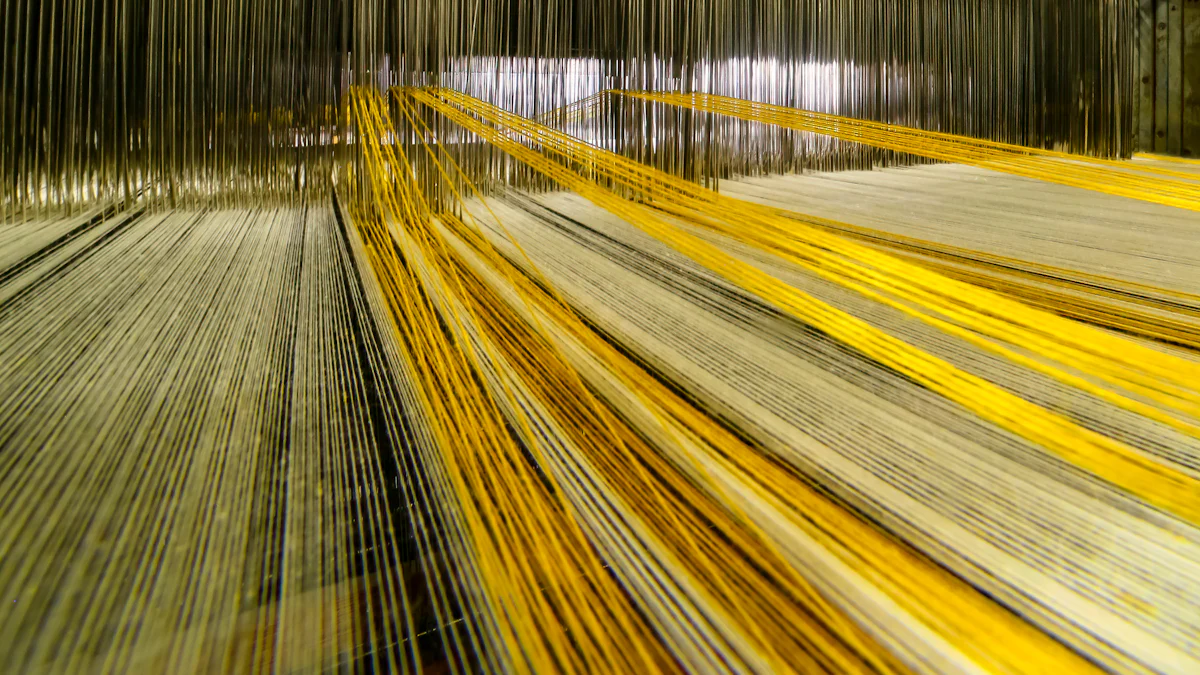
What types of fabrics benefit most from wetting agents?
Wetting agents work well with all fabric types, especially dense weaves or hydrophobic materials. They improve liquid absorption, ensuring even treatment and better results.
Can wetting agents reduce production costs?
Yes! Wetting agents minimize defects and waste, reducing rework. They also speed up processing, helping you save time and resources in textile manufacturing.
Are wetting agents environmentally friendly?
Many wetting agents, like those in Jindun Chemical’s Textile Auxiliary Agent range, use eco-friendly formulations. They reduce energy consumption and improve efficiency, supporting sustainable textile practices.
Post time: Jan-22-2025

